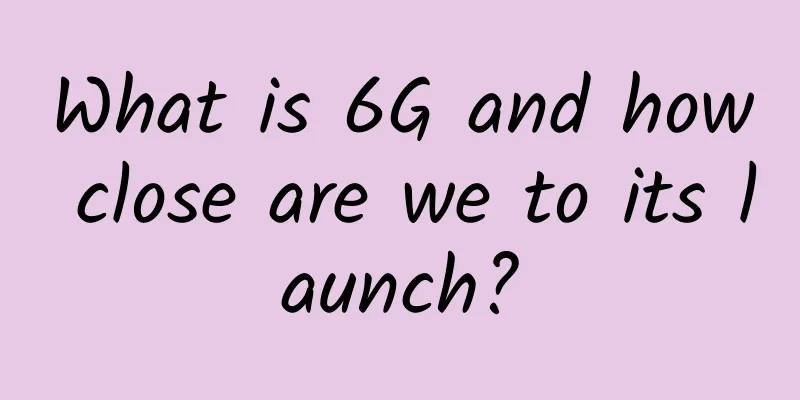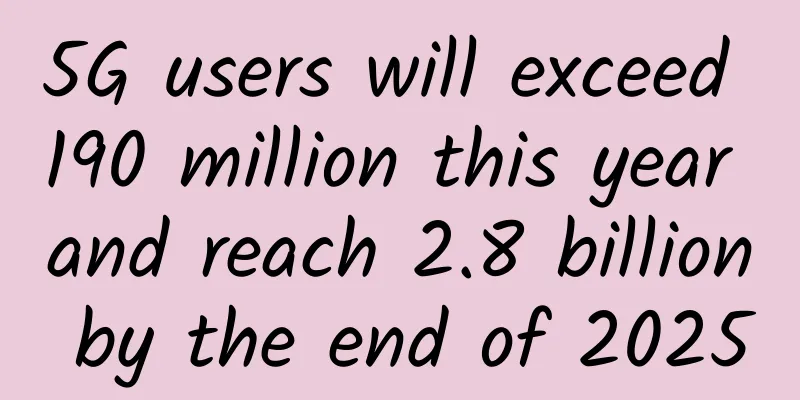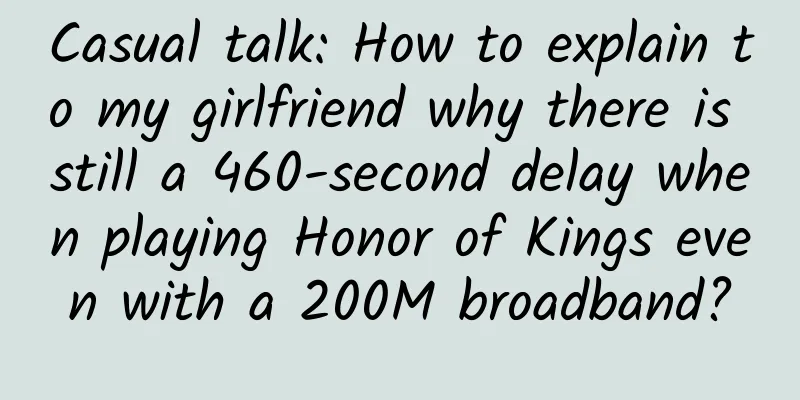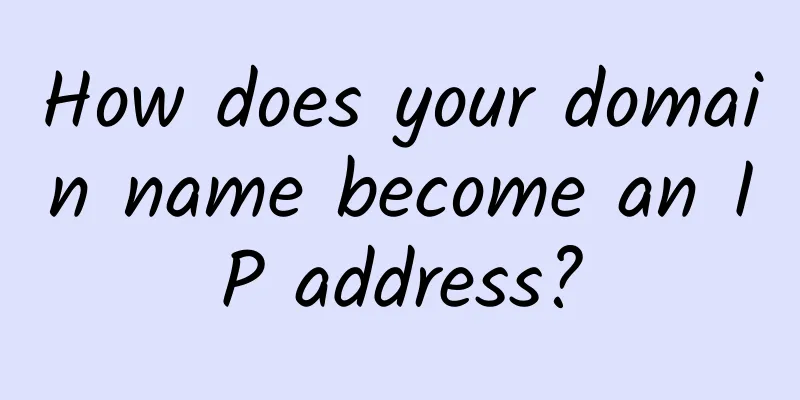Wi-Fi 5 is out! Wi-Fi 6 advantages: faster speed/more power efficient
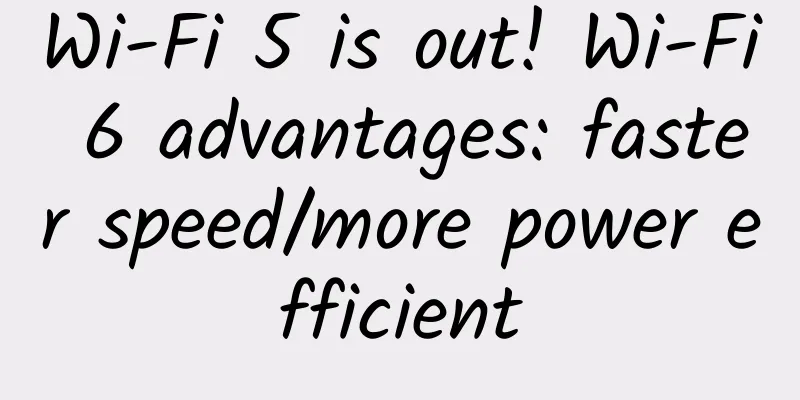
|
If 2019 is the first year of Wi-Fi 6 commercialization, then 2020 is undoubtedly the year when Wi-Fi 6 begins to gradually become popular among consumers. Although we are still in the epidemic period, a number of routers and terminals that support Wi-Fi 6 have been officially released in the past few months. Now, Huawei, Xiaomi, TP-LINK, ASUS, and Netgear have all released their own Wi-Fi 6 wireless routers. Should you change one during the May Day holiday? Compared with the most popular Wi-Fi 5, Wi-Fi 6 is faster, supports more concurrent devices, has lower latency, and consumes less power. Wi-Fi 6 uses the same OFDMA technology as Huawei 5G, combined with 1024-QAM high-order modulation, and can support a maximum bandwidth of 160MHz, which is nearly three times faster than Wi-Fi 5. Intelligent frequency division technology can support more devices concurrently and increase the access device capacity by 4 times. Accessing more devices concurrently can reduce queues, actively avoid interference, and reduce latency by two-thirds. When the terminal device is in standby mode, it supports on-demand wake-up function, which reduces terminal power consumption by 30%. We can compare the scenario of router transmitting to device to a fleet. Under the Wi-Fi 5 standard, a fleet can only deliver to one customer at the same time. Even if there are empty cars, they will be dispatched as usual. If a car breaks down (is interfered with), the entire fleet cannot be dispatched. Under the Wi-Fi 6 standard, a fleet of vehicles setting out at the same time can form a small team of at least 26 adjacent vehicles. Each team can be sent to different customers. If a car breaks down (is interfered with), it will only affect the team it is in. When we are at home, we often detect our neighbors’ Wi-Fi signals, which can interfere with our own Wi-Fi transmissions. The interference coloring technology used by Wi-Fi 6 can mark neighboring network signal frames that pass through walls, allowing users' routers to ignore them. Neighbors’ Wi-Fi signals can transmit data simultaneously on the same channel without interfering with each other, reducing the interference rate by 30%. The power consumption of Wi-Fi 6 and Wi-Fi 5 is very different. Wi-Fi 6 will negotiate with the terminal on the timing of Wi-Fi wake-up to achieve on-demand wake-up, and no power will be consumed during other sleep times. Wi-Fi 5 can only communicate with one device at a time. All terminals connected to the same router are either in a transmission state or in a waiting state, and they are disorderly. The waiting state still consumes power. In general, Wi-Fi 6 routers are the general trend, and the prices of many products have dropped below 300 yuan. If your mobile phone or laptop supports Wi-Fi 6, you can really consider trying it!
|
>>: 7 excellent open source network monitoring tools
Recommend
Enterprise Network Data Communication Solution Practice - EIGRP
Practical objectives: Through practical applicati...
Introduction to various types of network cables, what are Category 5 and Category 6 cables?
1. Network cable overview The network cable usual...
Watch Process Little P tell its network performance story!
[[394922]] This article is reprinted from the WeC...
RackNerd: $18.18/year KVM-1GB/24G NVMe/2.5TB/multiple computer rooms available
RackNerd is a foreign VPS hosting company founded...
5G promotes the development of industrial Internet, and we need to pay attention to these two points in the future
The Industrial Internet is the key cornerstone an...
Detailed explanation of TCP packet sticking, packet unpacking and communication protocol
In TCP programming, we use protocols to solve the...
Hot Topic | What’s so great about 5G that makes the United States tremble?
Recently, Huawei's suppression by the United ...
How to unleash the power of the tactile internet through 5G networks
Today, the Internet is everything! It was created...
What is blockchain and what impact does it have on data centers and cloud computing?
Today, more and more applications are causing the...
Cloud dedicated line and customer access technology networking solutions
Labs Guide As cloud-network integration becomes i...
Towards the next generation of Internet, SoundNet releases full-link acceleration FPA to increase QoS protection for the Internet
On August 19, Agora held an online product launch...
In addition to base stations, what else should major cities pay attention to in 5G construction?
It has been a year since 5G was officially put in...
How should the system's facade API gateway be designed?
As the popularity of his e-commerce website grew,...
5G will make your 4G mobile phone obsolete. How can you become a "pig" in the 5G trend?
[[223756]] According to Gartner data, the total s...
Will 2019 be the first year of 5G? The three major operators: Not happening!
In 2019, people inside and outside the industry s...




